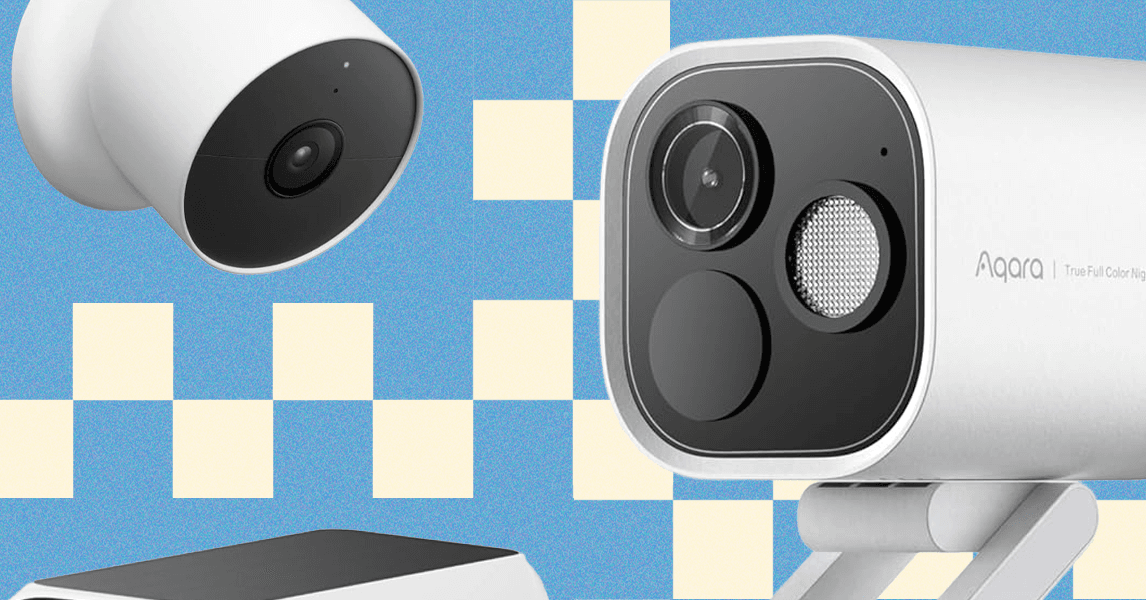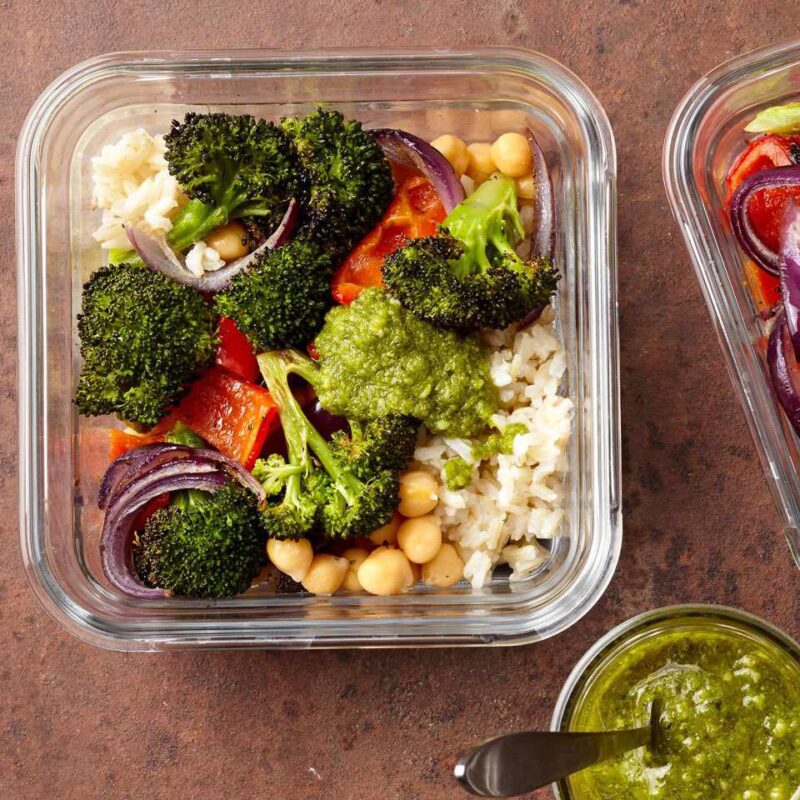Blog
What’s really spiking your blood sugar (and it’s not just dessert)

You may think glucose is something only diabetics need to track, but stable blood sugar underpins everything from energy and mood to skin, hormones and long-term metabolic health. Each meal breaks down into glucose, and insulin is released to move it into our cells for fuel. When glucose spikes too often, insulin works overtime and the body becomes less responsive, a process known as insulin resistance. In his book The Blood Sugar Solution, functional medicine doctor Mark Hyman has called insulin resistance “the most common health problem,” one that underlies inflammation, hormonal imbalance and chronic disease.
Across India, these issues are no longer rare. Rising cases of PCOS and insulin resistance among women in their twenties and thirties show up long before a formal diagnosis as fatigue, skin breakouts, sugar cravings and erratic cycles. Stable blood sugar, once a concern only for diabetics, has quietly become central to everyday wellness.
So where do these hidden spikes come from? Often from the very foods and habits we’ve labelled as ‘healthy’.
1. Oat milk
Oat milk is popular for its creaminess, but because it comes from a starchy grain it breaks down into sugar more quickly than nut- or dairy-based alternatives. As Jessie Inchauspé, the French biochemist known as the Glucose Goddess, has highlighted, this leads to sharper spikes than almond or coconut milk.
That’s because grains have a higher glycaemic index, meaning they’re converted to glucose faster in the bloodstream. By contrast, protein and fat slow the pace at which glucose is released.
The change: Unsweetened almond or coconut milk, or even regular full-fat dairy, contain more protein and fat, which slow glucose release. You don’t have to quit oat milk, just rotate your choices through the week.
2. Naked carbs
Until recently, my mother swore by plain toast as a “light” breakfast. But when she started adding ghee, avocado or vegetables on the side, her mid-morning cravings dropped noticeably.
Carbohydrates provide quick energy because they convert into sugar fast. The downside: sharper spikes and crashes when eaten alone. This is because fibre, protein and fat delay gastric emptying, which means glucose enters the bloodstream more gradually. Without them, blood sugar surges and then plummets, driving hunger and cravings.












